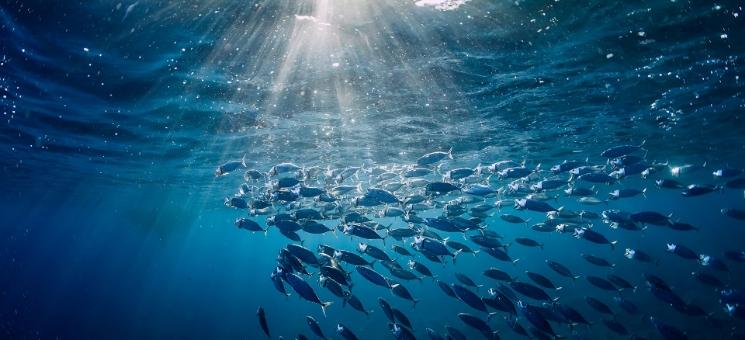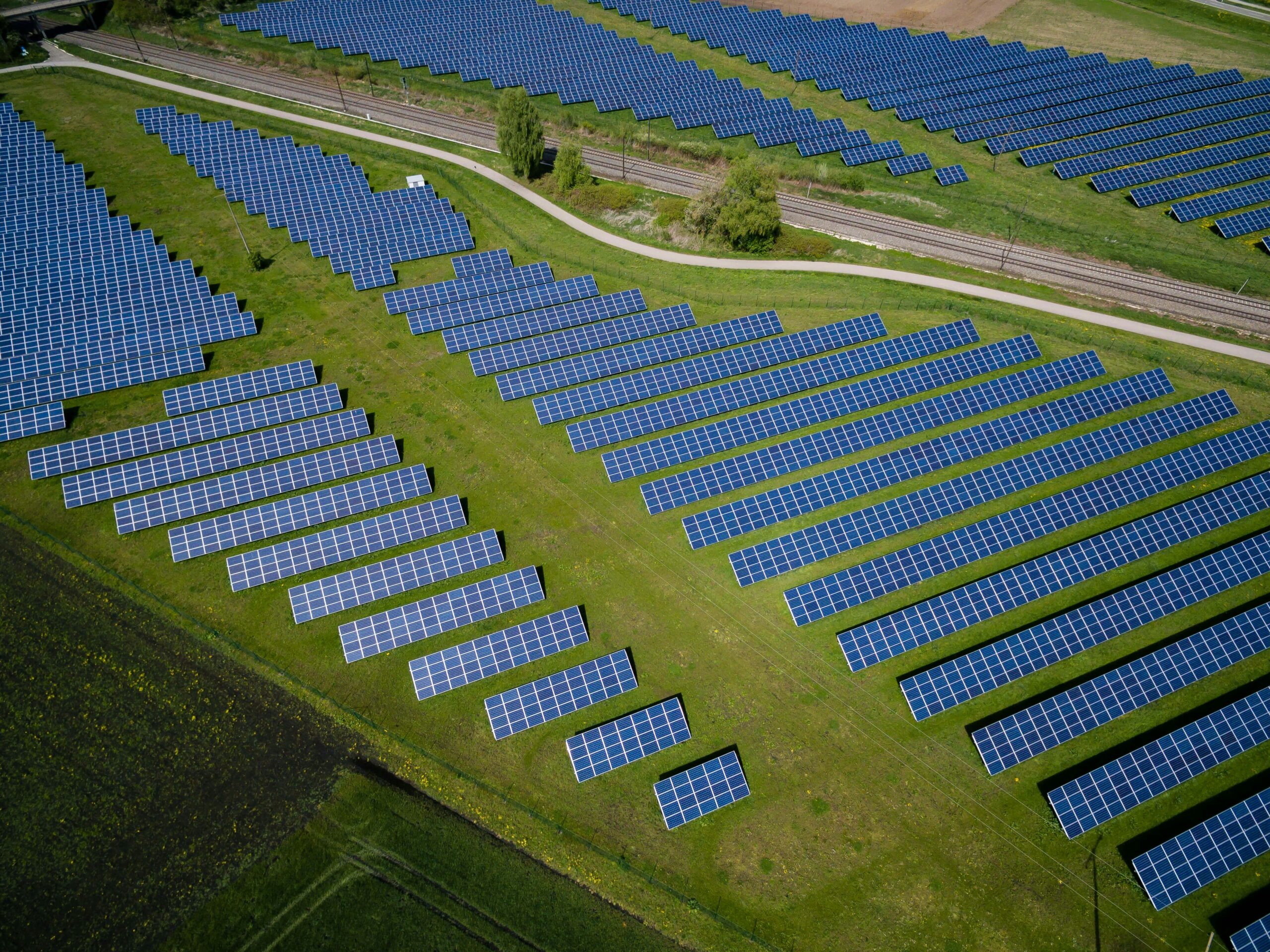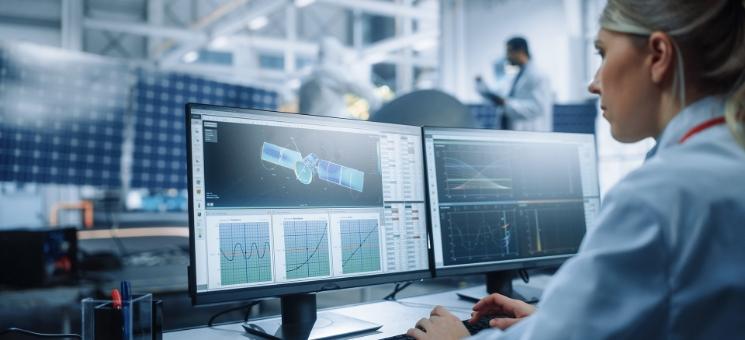April 15th, 2022
2 min read
Climate change is a global problem. Reducing carbon dioxide emissions is one way to improve air quality, preserve natural resources, slow down rising sea levels and prevent weather-related disasters. Even if we meet our environmental and energy targets, we need to proactively respond to climate crises caused by extreme conditions by creating new and innovative approaches.
Today, carbon dioxide emissions from the ocean account for 33.7% (286 billion tons CO2/year) of total emissions into the atmosphere. Emissions from the sea are about seven times higher than those from human activities, with CO2 absorption levels also sky-high. Most of the absorption by the ocean is from marine life in wetlands and seaweed forests.
Reducing carbon dioxide in the atmosphere through marine life
Genome editing technology is one of the methods to modify the DNA sequence of target genes that can change an organism’s trait. Although the levels which the marine organism absorbs CO2 can be increased with genome editing technology, the technology must be used carefully and according to strict regulations that prevent any negative impact on biodiversity efforts.
By reducing the levels at which the marine food chain absorbs CO2, we can improve the volume of carbon dioxide emitted from the ocean. By utilizing a land-based aquaculture platform, we have found a way to reduce carbon emissions without adverse effects on marine life from genome-edited organisms.

In a world-first, NTT is currently trialling a new carbon dioxide conversion technology that reduces the amount of carbon dioxide in the ocean by applying genome editing to algae, fish and shellfish.
In this demonstration trial, we identify the target genes for algae to maximize the amount of carbon dioxide fixation.
Improving climate change through new observation and prediction technologies
We are gathering vast amounts of data through trials and simulations, collecting and analyzing information sent from millions of sensors to help us proactively respond to environmental changes. By observing the amount of water vapour above the ocean, previously unknown to us, we are improving the prediction and accuracy of extreme weather.
Further studies will include the development of a powerful yet energy-efficient IoT sensor that can communicate at sea for even more accurate sensing and monitoring.

As part of our vision to create a society that can better adapt to climate change, we are exploring how to leverage satellite IoT sensors to learn more about oceans than ever before.
Carbon dioxide conversion technology and IoT ocean sensors are examples of environmental adaptation technology platforms enabled by Innovative Optical and Wireless Network (IOWN). IOWN makes it possible to utilize and leverage so much more information beyond the limits of today’s infrastructure, helping us to better understand and improve the world around us. We are finding new ways to collect and analyze all types of information about the planet, from meteorological forecasting and control, harnessing lightning for energy and electromagnetic barrier measurement. Predicting the various effects of climate change and having new and tangible ways to respond will help us be a more sustainable and resilient society.




